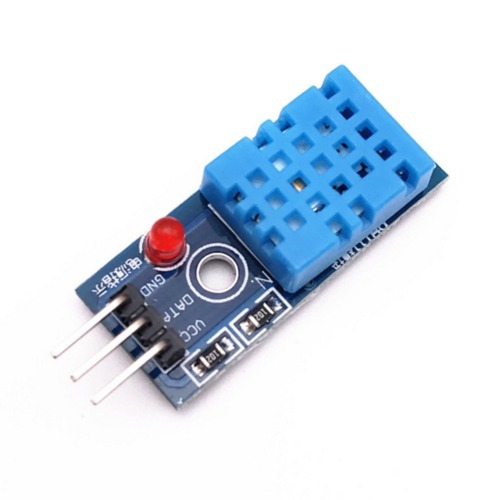
Did you know that in 2003, the highest dew point (humidity) of 95 was recorded in Saudi Arabia? In specific commercial applications like weather stations, humidity sensors are essential for continually checking the current humidity level. This critical reading shows that high humidity can make a hot day feel even hotter, for example. Meanwhile, low indoor humidity can also trigger symptoms.
What is Air Humidity?
Air Humidity refers to the measurement of the amount of water vapour in the air. It can cause people to feel hot and sticky during hot summer days, for example. Thus, a high amount of water vapour causes sensors to detect high humidity and vice versa.
Weather reports often include the term “relative humidity” (RH). This term is related to how much actual moisture is in the air. The “relative” part is associated with the maximum amount of moisture the air could hold at that temperature.
Temperature/Humidity Data Loggers
Data-loggers are devices that can collect data associated with different factors, including temperature, pressure, and power. They can also track air humidity. This electronic gadget collects humidity data then converts that into an electrical signal.
These units have different sizes and functions, including handheld devices. They are used in several industries, including auto, medical, and weather. The loggers can also measure different kinds of humidity, including RH and absolute humidity (AH), which is unrelated to temperature.
When picking a particular humidity-reading device, here are some of the various types on the market:
Outdoor Sensor
The most common function of these units is checking the air temperature and humidity. They can also sometimes monitor related things like solar radiation and air pressure. These devices are ideal for outdoor use since they are designed to withstand the elements.
USB Sensor
This makes it easier to collect, monitor, and view temperature and humidity readings from your PC or Mac. Intel started developing USBs in 1994 when it teamed up with tech giants like Apple, Microsoft, and Hewlett-Packard.
The unit is also small and convenient for easy usage. Monitoring computer temperatures is critical to prevent the units from overheating, which can cause damage over time.
Infrared Sensors
Humans cannot see Infrared light but can feel it as heat. In some situations, you must check temperatures and relative humidity in a small space. Devices with infra-red lights are a good option. The light collects the reading, and no contact is required with the surface.
Moisture in Oil Sensors
These units are used to measure moisture in oil rather than water. Different types are available, including handheld units. They can provide various functions like dealing with issues in lubrication systems.
Dew Point Sensors
While the dew point is also related to humidity, it is actually the temperature when air gets completely saturated, which is also 100% relative humidity. The difference between RH is this is just related to the amount of moisture in the air instead of relative to a particular temperature.
There are particular situations when the dew point is more valuable than other air moisture readings. They include low humidity and humidity in very high or low temperatures. When measuring moisture in the air, this can include the dew point, absolute humidity, and relative humidity.
Data loggers can eliminate the need to keep taking readings of the moisture in air, oil, and surfaces. In fact, options like handheld humidity sensors can make the process as easy as reading a digital thermometer.

